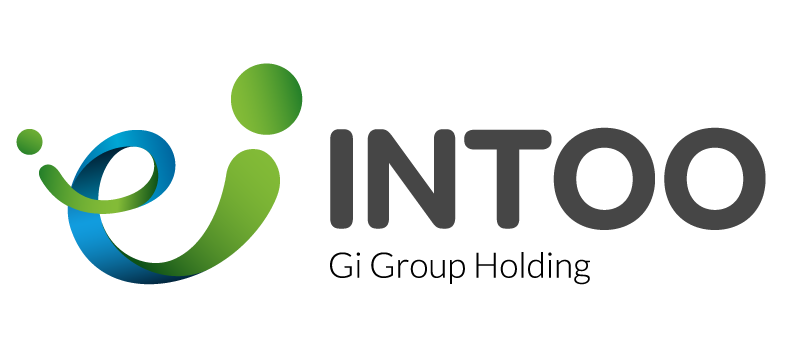What is a Backfill?
A backfill refers to the process of replacing a person or role that has been vacated within an organization. This could be due to a variety of reasons such as an employee leaving the company, going on leave (e.g., parental leave, medical leave), or being promoted or transferred to a different position.
The term is commonly used in human resources, workforce planning, and project management. In HR contexts, a backfill can be either a temporary or permanent replacement, depending on the situation.
In data or software engineering, “backfill” can also refer to retrospectively filling in missing or incomplete data, especially in automated systems or databases. However, for the purpose of this glossary, we’re focusing on the HR and organizational definition.
Why is a Backfill Important?
Backfills play a critical role in maintaining business continuity and team productivity. Here’s why they matter:
-
Prevents Disruption: When a key employee leaves or goes on leave, their absence can impact workflows, timelines, and team morale. A backfill helps ensure work continues smoothly.
-
Maintains Morale & Balance: Teams rely on each member to contribute to shared goals. A missing team member can overload others, leading to stress and burnout. Backfilling helps distribute workloads more evenly.
-
Supports Strategic Growth: Sometimes, backfilling a position isn’t just about replacement—it’s an opportunity to realign the role with evolving business needs, upgrade the skill set, or restructure the team.
-
Ensures Knowledge Retention: Timely backfills can enable knowledge transfer from outgoing employees to new hires, preserving valuable institutional knowledge.
In short, effective backfilling keeps momentum going, reduces risk, and helps organizations stay agile in the face of change.




